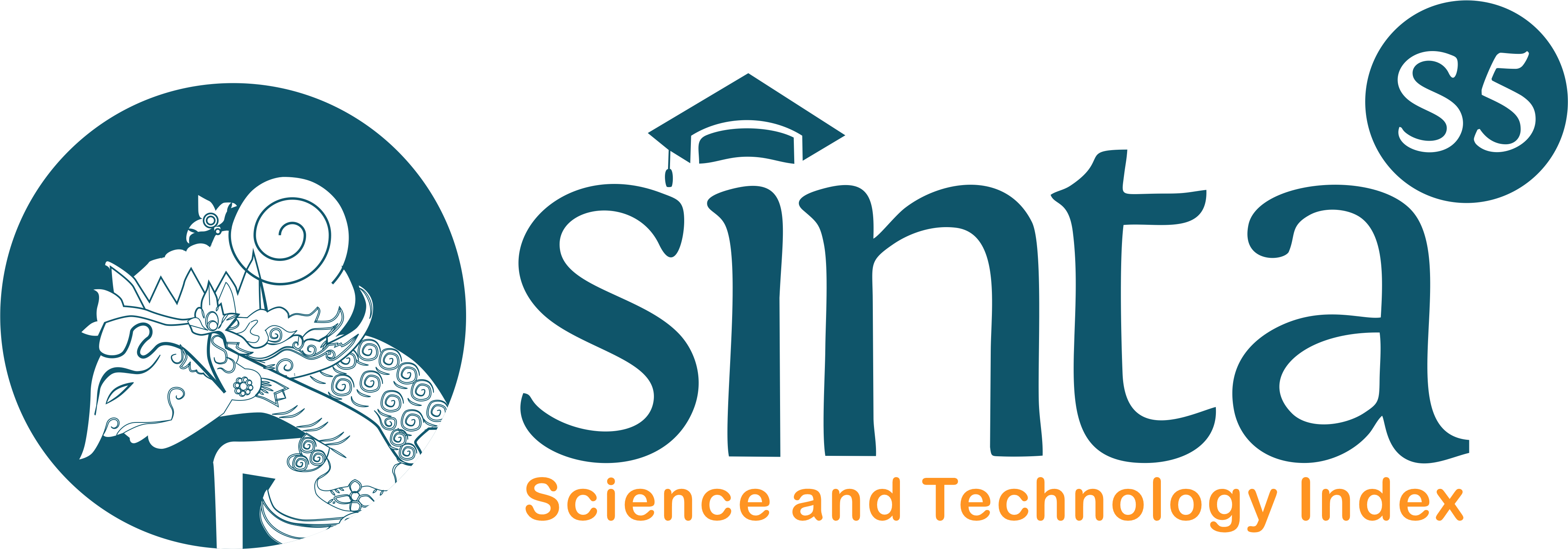MEMASARKAN SHALAWAT: Dari Pasar Dakwah hingga Ekonomi Global
Authors (s)
(1) * Nurul Huda
 (Universitas Nurul Jadid Probolinggo)
(Universitas Nurul Jadid Probolinggo) Indonesia
(*) Corresponding Author
AbstractThis article attempts to figure out the ways the commodification strategy which is carried out by Majelis Shalawat is not only to increase the number of majelis followers, but also to take advantage of their loves in order to increase and maintain the existence of the majelis in the midst of the religious industry in Indonesia. Using the critical discourse analysis method to the religious symbols of Syubbanul Muslimin in Probolinggo, this study finds that in shalawat stage with various religious symbols, there is an unavoidable economic mechanism, a pivot point between religion and market which certainly becomes a new hope on the one side as well as a challenge on the other side in the context of a global economy. This mechanism works through the formation of space (spatialization) in the virtual realm and the real network of the da'wah market. |
Keywords
Full Text: PDF
Refbacks
- There are currently no refbacks.
Copyright (c) 2020 Nurul Huda

This work is licensed under a Creative Commons Attribution-ShareAlike 4.0 International License.
This ejournal system and its contents are licensed under
a Creative Commons Attribution-ShareAlike 4.0 International License








.png)









